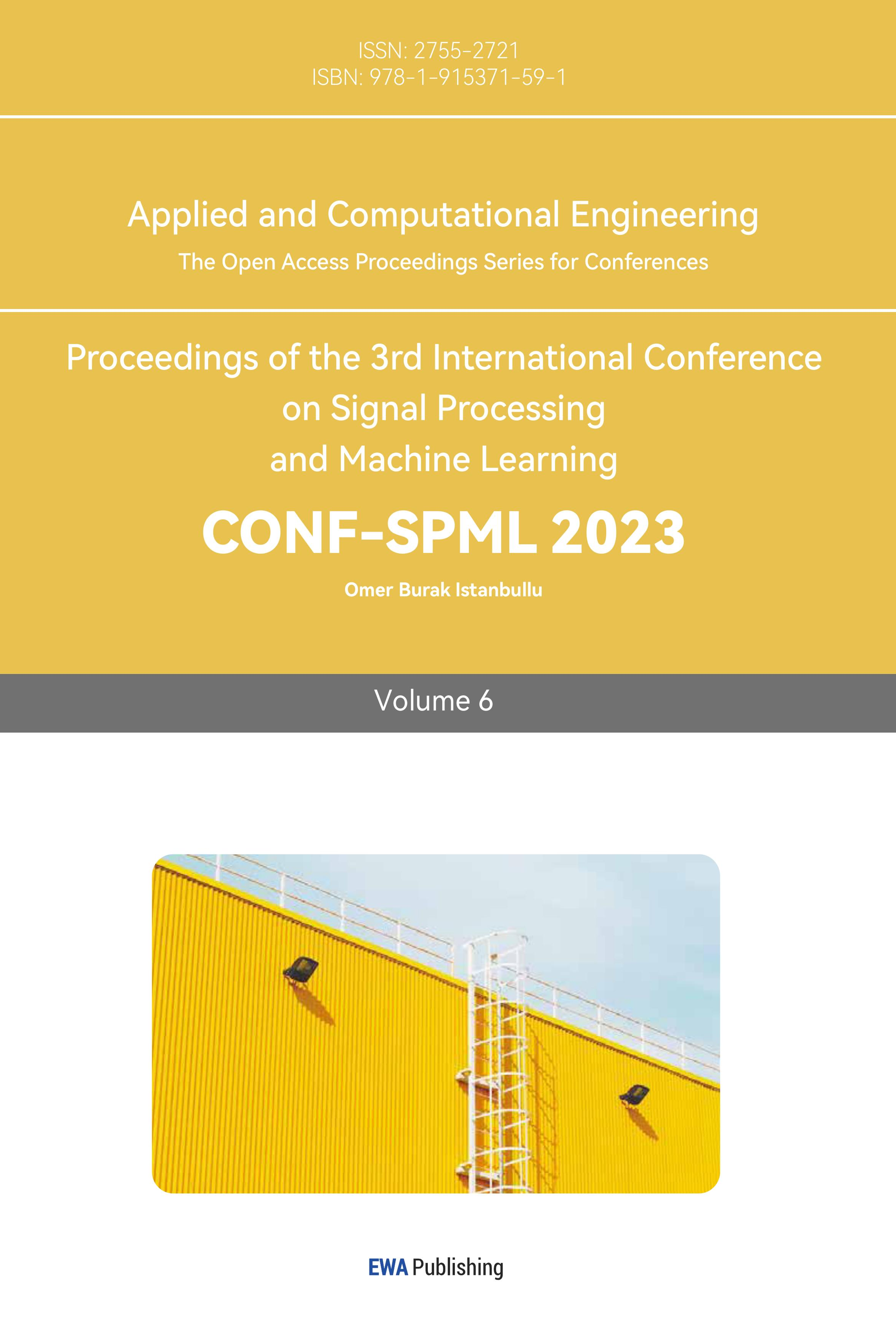References
[1]. Xiang Wang & Xiangnan He & Meng Wang &Fuli Feng & Tatseng Chua (2019) Neural Graph Collaborative Filtering, SIGIR 2019.
[2]. Kula, M. (2015). Metadata embeddings for user and item cold-start recommendations. arXiv preprint arXiv:1507.08439.
[3]. Xue, F., He, X., Wang, X., Xu, J., Liu, K., & Hong, R. (2019). Deep item-based collaborative filtering for top-n recommendation. ACM Transactions on Information Systems (TOIS), 37(3), 1-25.
[4]. Koren, Y., Bell, R., & Volinsky, C. (2009). Matrix factorization techniques for recommender systems. Computer, 42(8), 30-37.
[5]. Xiangnan He & Lizi Liao & Hanwang Zhang & Liqiang Nie & Xia Hu & Tat-Seng Chua (2017) Neural Collaborative Filtering in WWW.173-182
[6]. Thomas N. Kipf & Max Welling (2017) Semi-Supervised Classification with Graph Convolutional Networks. 15In ICLR
[7]. Ding, M., Cheng, X., & Xue, G. (2003, October). Aggregation tree construction in sensor networks. In 2003 IEEE 58th Vehicular Technology Conference. VTC 2003-Fall (IEEE Cat. No. 03CH37484) (Vol. 4, pp. 2168-2172). IEEE.
[8]. Wang, G. A., Yang, S., Liu, H., Wang, Z., Yang, Y., Wang, S., ... & Sun, J. (2020). High-order information matters: Learning relation and topology for occluded person re-identification. In Proceedings of the IEEE/CVF conference on computer vision and pattern recognition (pp. 6449-6458).
[9]. Montavon, G., Binder, A., Lapuschkin, S., Samek, W., & Müller, K. R. (2019). Layer-wise relevance propagation: an overview. Explainable AI: interpreting, explaining and visualizing deep learning, 193-209.
[10]. Rendle, S., Freudenthaler, C., Gantner, Z., & Schmidt-Thieme, L. (2012). BPR: Bayesian personalized ranking from implicit feedback. arXiv preprint arXiv:1205.2618.
Cite this article
Wang,C. (2023). Collaborative filtering method based on graph neural network. Applied and Computational Engineering,6,1280-1286.
Data availability
The datasets used and/or analyzed during the current study will be available from the authors upon reasonable request.
Disclaimer/Publisher's Note
The statements, opinions and data contained in all publications are solely those of the individual author(s) and contributor(s) and not of EWA Publishing and/or the editor(s). EWA Publishing and/or the editor(s) disclaim responsibility for any injury to people or property resulting from any ideas, methods, instructions or products referred to in the content.
About volume
Volume title: Proceedings of the 3rd International Conference on Signal Processing and Machine Learning
© 2024 by the author(s). Licensee EWA Publishing, Oxford, UK. This article is an open access article distributed under the terms and
conditions of the Creative Commons Attribution (CC BY) license. Authors who
publish this series agree to the following terms:
1. Authors retain copyright and grant the series right of first publication with the work simultaneously licensed under a Creative Commons
Attribution License that allows others to share the work with an acknowledgment of the work's authorship and initial publication in this
series.
2. Authors are able to enter into separate, additional contractual arrangements for the non-exclusive distribution of the series's published
version of the work (e.g., post it to an institutional repository or publish it in a book), with an acknowledgment of its initial
publication in this series.
3. Authors are permitted and encouraged to post their work online (e.g., in institutional repositories or on their website) prior to and
during the submission process, as it can lead to productive exchanges, as well as earlier and greater citation of published work (See
Open access policy for details).
References
[1]. Xiang Wang & Xiangnan He & Meng Wang &Fuli Feng & Tatseng Chua (2019) Neural Graph Collaborative Filtering, SIGIR 2019.
[2]. Kula, M. (2015). Metadata embeddings for user and item cold-start recommendations. arXiv preprint arXiv:1507.08439.
[3]. Xue, F., He, X., Wang, X., Xu, J., Liu, K., & Hong, R. (2019). Deep item-based collaborative filtering for top-n recommendation. ACM Transactions on Information Systems (TOIS), 37(3), 1-25.
[4]. Koren, Y., Bell, R., & Volinsky, C. (2009). Matrix factorization techniques for recommender systems. Computer, 42(8), 30-37.
[5]. Xiangnan He & Lizi Liao & Hanwang Zhang & Liqiang Nie & Xia Hu & Tat-Seng Chua (2017) Neural Collaborative Filtering in WWW.173-182
[6]. Thomas N. Kipf & Max Welling (2017) Semi-Supervised Classification with Graph Convolutional Networks. 15In ICLR
[7]. Ding, M., Cheng, X., & Xue, G. (2003, October). Aggregation tree construction in sensor networks. In 2003 IEEE 58th Vehicular Technology Conference. VTC 2003-Fall (IEEE Cat. No. 03CH37484) (Vol. 4, pp. 2168-2172). IEEE.
[8]. Wang, G. A., Yang, S., Liu, H., Wang, Z., Yang, Y., Wang, S., ... & Sun, J. (2020). High-order information matters: Learning relation and topology for occluded person re-identification. In Proceedings of the IEEE/CVF conference on computer vision and pattern recognition (pp. 6449-6458).
[9]. Montavon, G., Binder, A., Lapuschkin, S., Samek, W., & Müller, K. R. (2019). Layer-wise relevance propagation: an overview. Explainable AI: interpreting, explaining and visualizing deep learning, 193-209.
[10]. Rendle, S., Freudenthaler, C., Gantner, Z., & Schmidt-Thieme, L. (2012). BPR: Bayesian personalized ranking from implicit feedback. arXiv preprint arXiv:1205.2618.









